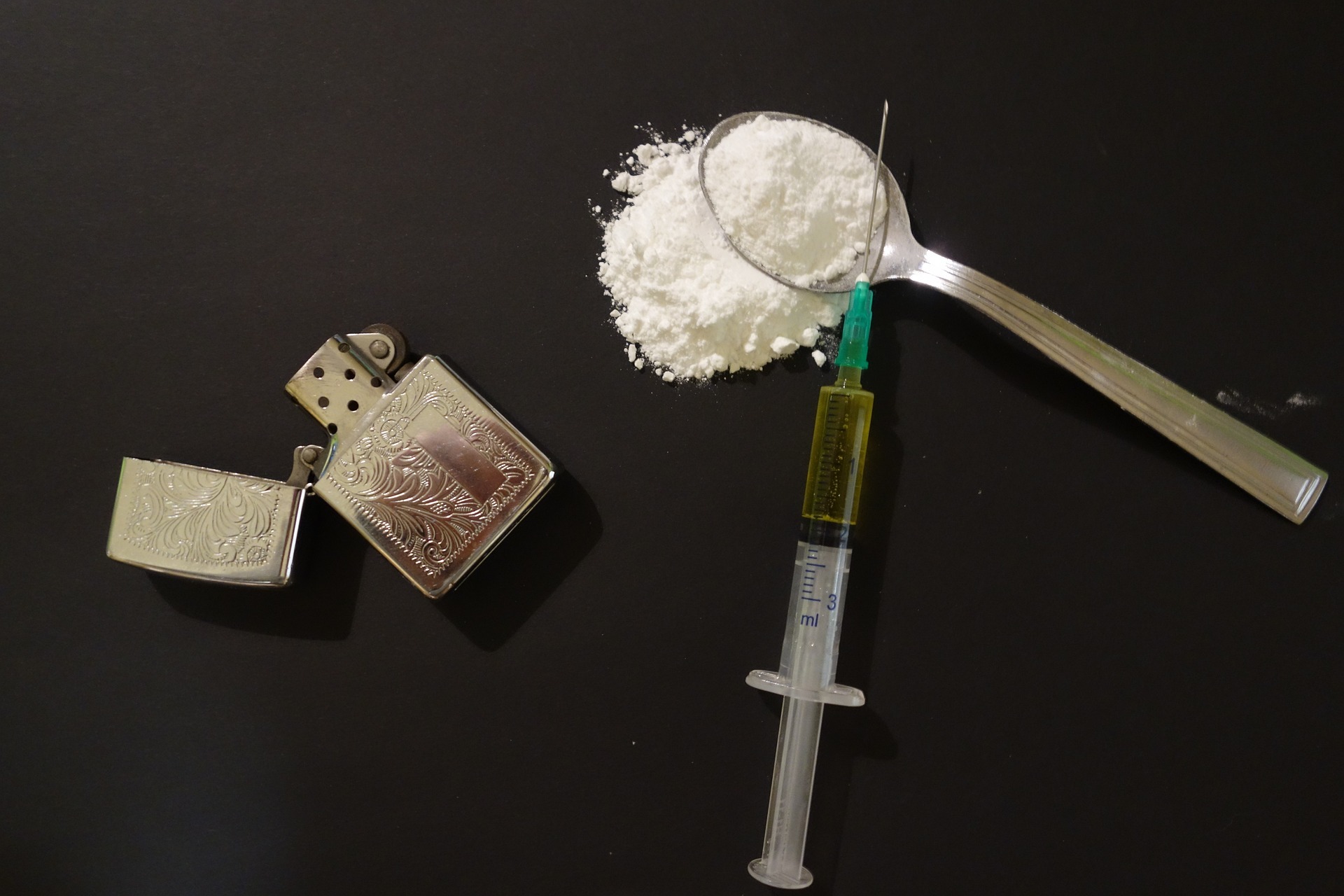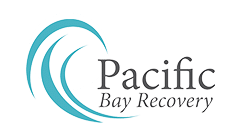Drug Abuse Rehab In San Diego
One of the biggest public health issues in our nation is drug abuse. Whether illegal drugs, prescription drugs, tobacco, or alcohol, drug abuse occurs when a person consumes a substance for the purpose of altering the mood (getting “high”).This habit can quickly lead to the need for drug addiction rehab and/or drug abuse treatment provided by certified professionals, such as Pacific Bay Recovery. People from all walks of life use drugs, including teenagers, college students, professional athletes, working class citizens, and educated professionals.

Drug addiction in San Diego, or anywhere in Southern California, is no different. Pacific Bay Recovery is a San Diego drug rehab clinic that offers top treatment for patients, including outpatient drug rehab and inpatient drug rehab services. The treatment programs are comprehensive and customized to each individual’s needs. Typically, the first step of drug addiction treatment is medical detox to remove drugs from the patient’s system.
Overview
Here is an overview of various drug addictions that are treated by the top San Diego drug rehab treatment center – Pacific Bay Recovery!
Alcohol
Around half of the U.S. population has consumed alcohol, making this drug the number one abused substance in America. According to current statistics, 135 million people drink alcohol, and 6.5% of the population admits to heavy drinking. Over long-term, drinking increases a person’s risk of certain health conditions, like liver disease, pancreatitis, and heart disease. A woman who drinks while pregnant could put her child at risk for mental retardation, fetal alcohol syndrome, and impaired vision.
Marijuana
Marijuana is an illicit drug used by approximately 19 million people in the U.S. At present, marijuana is one of the most popular illicit drugs used by high school students. While marijuana contains many carcinogens, the direct link between this drug and cancer is unclear at present.
Prescription Painkillers
According to a 2012 report by the Substance Abuse and Mental Health Services Administration (SAMHSA), 2.4 million individuals used prescription drugs for the first time in 2012. Called opiates, painkillers mimic the effects of certain “feel-good” activities, such as eating or having sex. Since painkillers are often used intravenously, there is an increased risk for hepatitis and HIV among drug users.
Prescription Sedatives
Sedatives are central nervous depressants that work much like alcohol. According to SAMHSA, around 2 million users admit to nonmedical use of sedatives.
Cocaine
SAMHSA reports that around 1.5 million people in America used the powerful central nervous stimulant known as cocaine. This potent and addictive drug gives the user a euphoric feeling, which only lasts around 30 minutes. Even in small doses, cocaine can speed up the heart and tighten the blood vessels, putting the user at risk for heart attack and stroke.
Prescription Stimulants
Commonly abused stimulant prescription drugs are often prescribed for narcolepsy and ADHD. According to SAMHSA statistics, over 1 million people report the nonmedical use of prescription stimulants.
Hallucinogens
Commonly abused hallucinogens include PCP, LSD, mescaline, peyote, Ecstasy (MDMA), and psilocybin mushrooms. According to reports, around 1 million people use hallucinogens.
Heroin
Known as the most addictive substance in the world, and called “the king of narcotics,” heroin use has increased in the last five years. According to reports, the number of users increased from 215,000 in 2002 to almost 700,000 in 2012. Users of heroin are at increased risk for blood-borne infections
Top 4 Things to Look For in a Drug and Alcohol Rehab Center 619-350-8220 from Pacific Bay Recovery on Vimeo.
Synthetic Cannabinoids
Synthetic cannabinoids are man-made mind-altering substances that are sprayed on plant material so it can be smoked. These drugs are also sold as liquids, which can be inhaled or vaporized in e-cigarettes. Cannabinoids are related to the marijuana plant, often being called synthetic weed. While marketed as “safe,” these drugs affect the brain more powerfully than marijuana, and are often unpredictable.
Bath Salts
Synthetic cathinones, also called bath salts, are synthetic drugs that are chemically related to cathinone, a type of stimulant in the khat plant. Synthetic variants of cathinone are stronger than the natural product and are considered quite dangerous.
Resources
National Institute on Drug Abuse (NIDA) (2016). Drugs of Abuse. Retrieved from: https://www.drugabuse.gov/drugs-abuse




